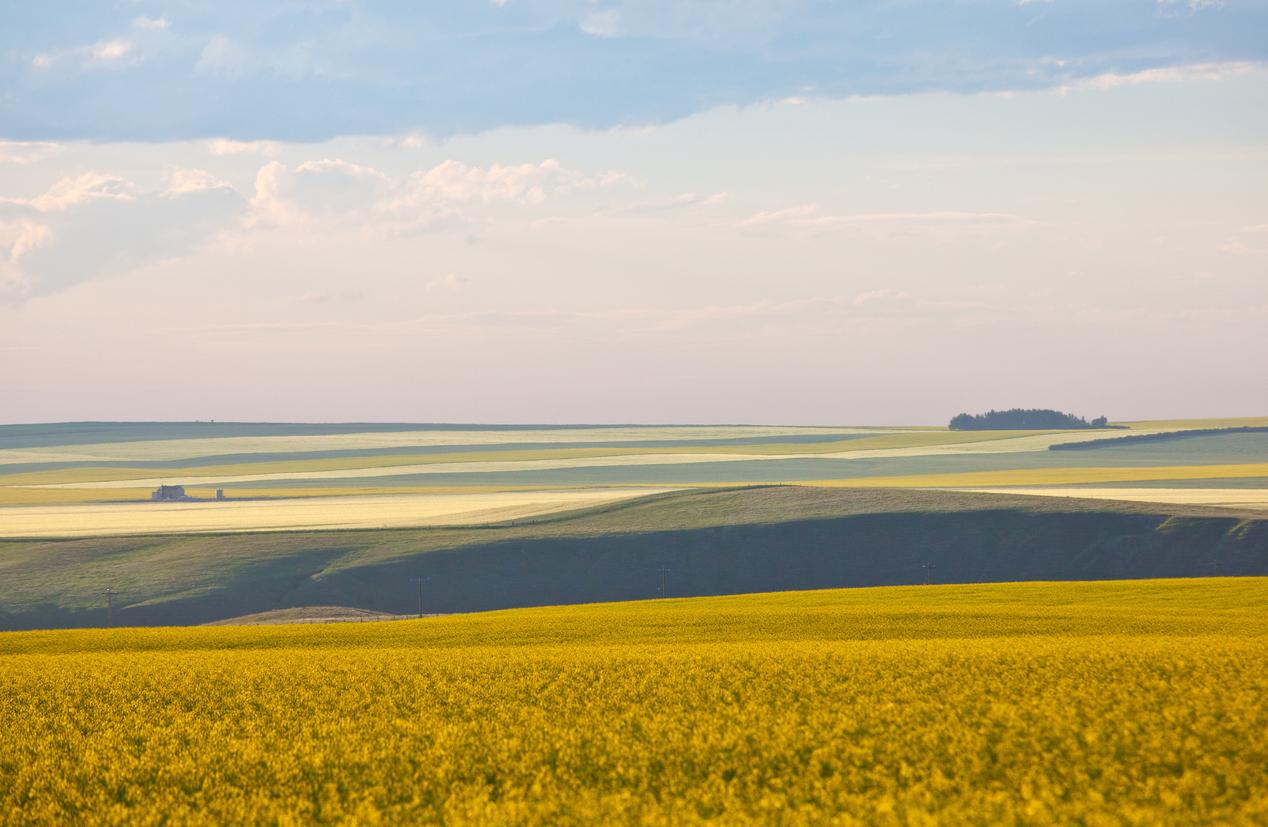Disponible en anglais seulement
Join Susan McGeachie and Chris Henderson, Executive Director at Indigenous Clean Energy and President at Lumos Energy, in the second installment of this two-part series to mark Canada's second National Day for Truth and Reconciliation. In this episode, our experts discuss renewable energy needs across Canada and opportunities to increase Indigenous participation in developments.
In this episode:
How Canada is building resilience in renewable energy generation capabilities
Successful projects in development that help Canada achieve both climate and reconciliation ambitions
How to advance equity opportunities with more renewable energy development projects
Sustainability Leaders podcast is live on all major channels including Apple, Google and Spotify
